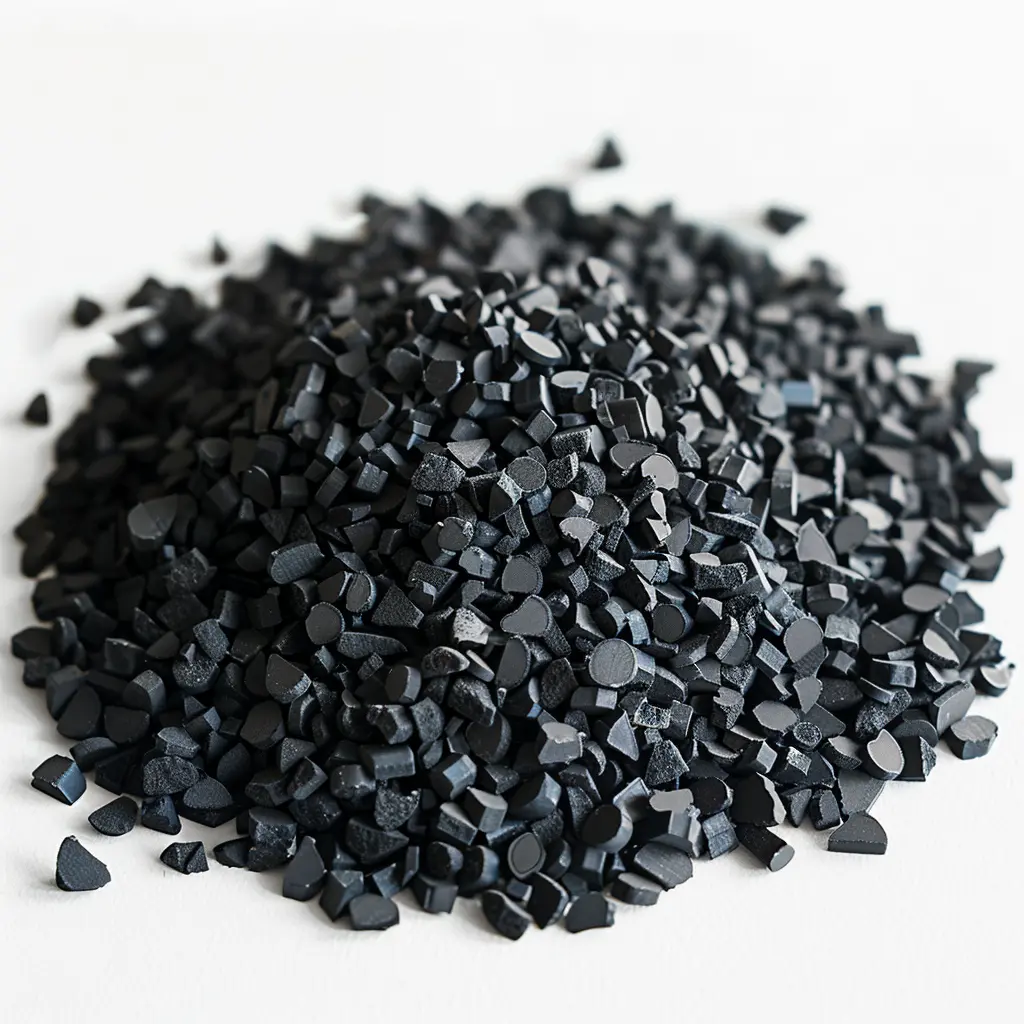Non-ionic polyacrylamide (PAM) stands out as a versatile polymer widely used in various applications, especially in water treatment. Its unique properties enable significant improvements in pollution control and resource management.

One of the key advantages of non-ionic PAM is its effectiveness in flocculation processes, which enhances the sedimentation of particles, thereby improving water clarity and quality. Additionally, its application can lead to reduced chemical usage in wastewater treatment, promoting environmental sustainability.
.jpg)
However, challenges exist, including degradation under certain environmental conditions and the potential for residual toxicity. Addressing these challenges through innovative solutions can ensure the sustained performance of non-ionic PAM in various industries.

In conclusion, while non-ionic polyacrylamide offers numerous benefits, understanding its challenges is crucial for maximizing its application potential. Investing in research and development can lead to improved formulations that enhance its effectiveness and environmental compatibility.
